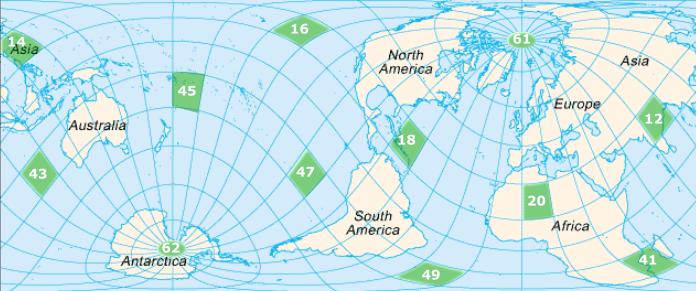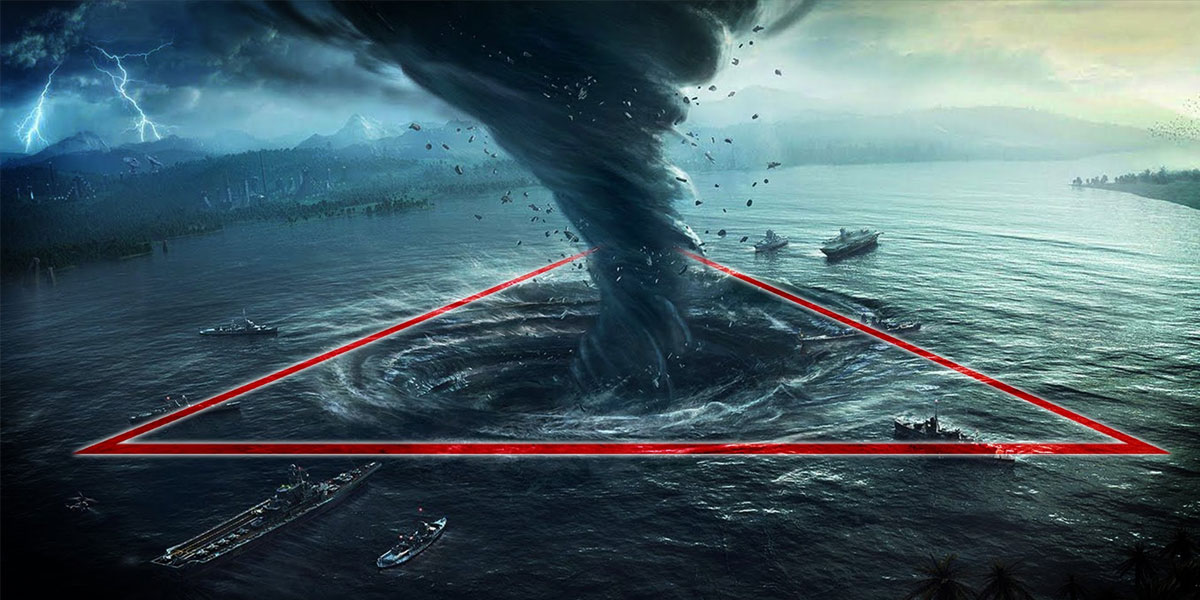

The other five were laid out the same in the southern hemisphere, only shifted 20° to the east.

Five of them lined up on the same northern tropical latitude, each longitudinally separated by 72° from the next. Sanderson tackled huge volumes of data, mostly from anomalous reports declared by hundreds of pilots and mariners, and systematically organized them, proving “beyond a shadow of a doubt that some very interesting anomalies were visible in certain areas of the Earth’s oceans”-anomalies such as those being commonly reported in the Bermuda Triangle (and other lesser known places).īy statistically analyzing the different places where these events occurred on the globe, Sanderson initially identified ten common points of anomalous occurrence. These three scientists worked directly from Sanderson’s research), and,Īn icosahedrally derived spherical polyhedron (initially developed by Buckminster Fuller but adapted by Becker and Hagens and applied to the template the Russian researchers had developed from Sanderson’s work).Īround the world, the node points of this grid that touch the surface of the Earth produce anomalies that typically baffle conventional science: anomalies in which alternate dimensions appear to interface with one another (or to put it another way, at these points time-space appears to interface with space-time). Sanderson),Ī circumscribed dodecahedron (mapped by Nikolai Goncharov, a Muscovite historian, Vyacheslav Morozov, a construction engineer, and Valery Makarov, an electronics specialist. There is no way for me to fully encapsulate and truly do justice to the brilliant work of these people, or Wilcock’s synthesis of it, but briefly, Wilcock-based on the work of these researchers-identified what he believes to be the primary geometric forms encoded within the hyperdimensional field of Earth as being:Ī circumscribed cube (both of these being first identified by independent scientist Bruce Cathie),Ī circumscribed icosahedron (identified initially by Scottish biologist Ivan P.


 0 kommentar(er)
0 kommentar(er)
